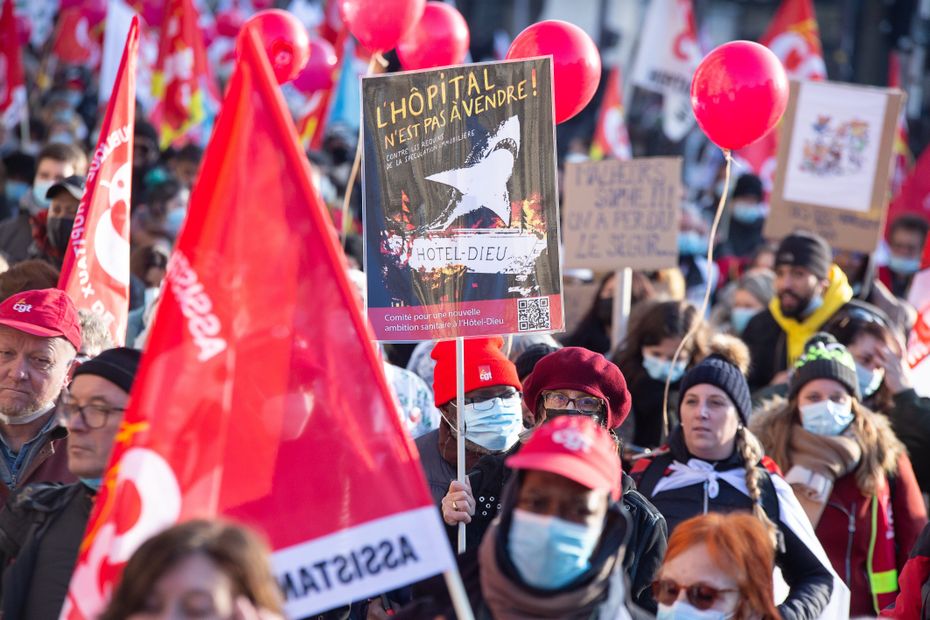When a blood clot forms in a vein and blocks the vessel, it is called a thrombosis. Thrombosis occurs most frequently in the legs – so-called leg vein thrombosis can be caused, among other things, by sitting or standing for long periods of time. Risk factors that also promote the development of thrombosis include smoking, obesity, age, taking hormones for contraception or during menopause, pregnancy, blood clotting disorders, cardiac insufficiency and cancer.
Also interesting: Thrombosis – 5 signs of a blood clot >>
Risk of thrombosis when traveling by air
Sitting for a long time impedes blood circulation, which can lead to the formation of a blood clot. This thrombus disrupts the blood supply to the affected area and, in the worst case, can completely block the vessel. The risk of such a thrombosis increases with long journeys by means of transport such as a car, train or plane. Especially when we fly, we usually sit cramped and have little legroom, and many passengers rarely get up. The good news: With a few tips, you can effectively prevent blood clots on the plane.
Travel 2022: 3 tips to prevent thrombosis on the plane
1. Drink a lot
It doesn’t matter whether you’re on an airplane or not – drinking a lot is healthy and important for our body, as it needs an adequate supply of fluids for various metabolic processes and for regulating our body temperature, among other things. Drinking plenty of water is also essential to keep blood flowing and thus prevent blood clots. Therefore, during the flight, drink about twice as much water or unsweetened tea as usual. Avoid alcohol, as it dilates the blood vessels, which in turn disrupts blood flow and can cause blood to pool in the legs.
Also interesting: These things happen when you don’t drink enough water >>
2. Proper clothing
The right clothing also protects us from the development of a thrombosis. Wear loose clothing and remove your shoes during the flight as blood does not pool this way. In addition to loose clothing, wearing thrombosis stockings can also make sense – these compress the veins in the legs, which promotes blood flow and ensures that the veins can transport blood better to the heart. People with an increased risk of thrombosis in particular should wear thrombosis stockings when traveling by air.
3. Movement
The fact that the legs are bent at the knee and groin when sitting on an airplane makes it difficult for blood to flow from the feet to the heart. This causes our blood to pool in our legs. The best way to counteract this is regular exercise – so you should get up at least once every hour, especially on long-haul flights. A trip to the toilet can help here. In addition, special movement exercises are also recommended: For example, while sitting, tense your leg and foot muscles from time to time and then relax again. When sitting, the so-called foot rocker works well. Keep your toes on the ground as you pull the heels of both feet up. Then bring your heels back to the floor and repeat 15 to 20 times.
Video: Travel thrombosis – these tips can reduce the risk
–


